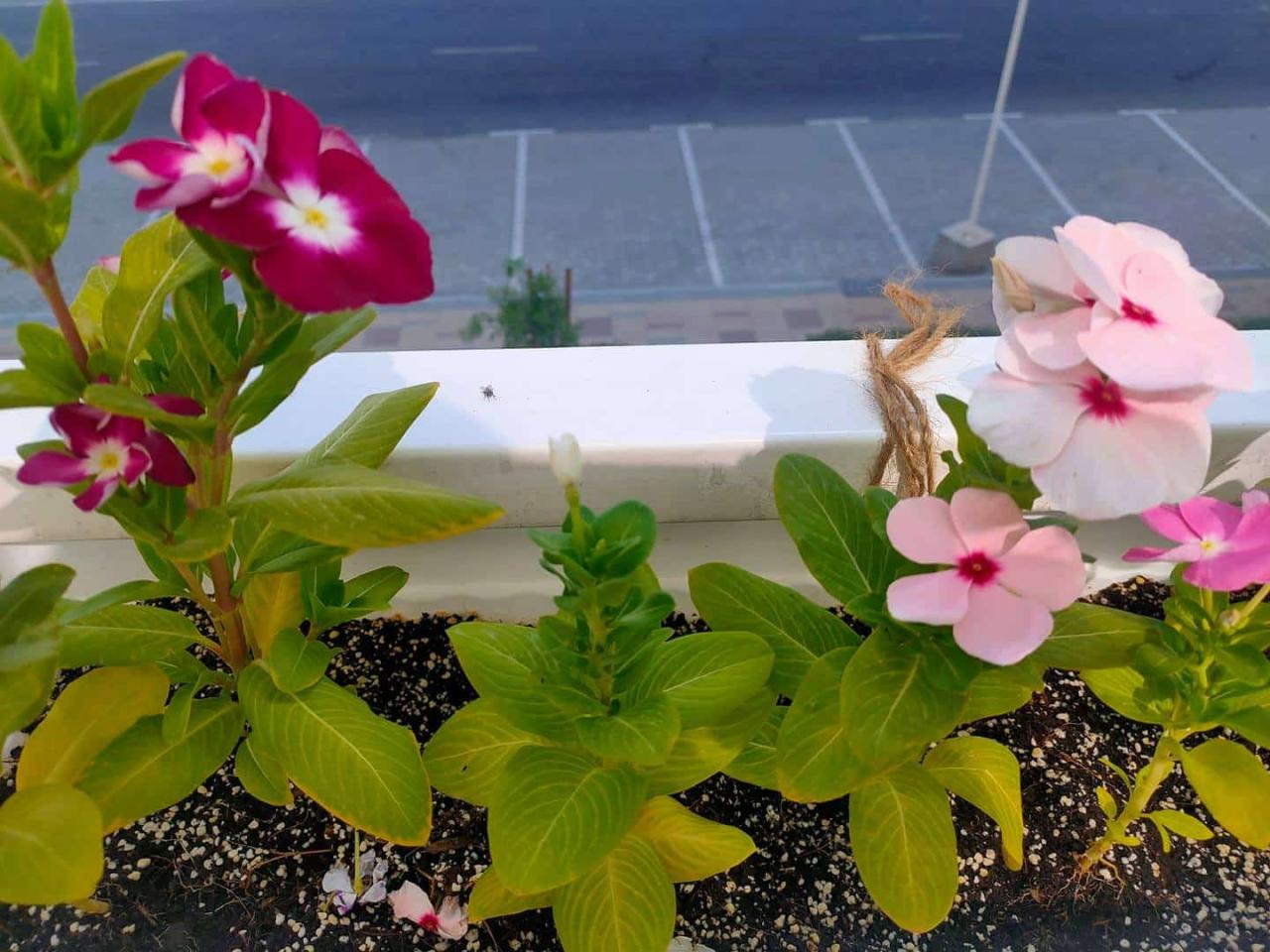Vinca Turning Yellow – Vinca, also known as periwinkle, is a popular choice among gardeners due to its vibrant colors and resilient nature. However, many gardeners often find their Vinca plants turning yellow, which can be alarming and frustrating. This article delves into the various reasons why Vinca leaves may turn yellow and offers practical solutions to revive these beautiful plants. From environmental factors to care practices, understanding the causes can help you maintain healthy Vinca plants.
Understanding Vinca: A Brief Overview: Vinca Turning Yellow
Vinca plants belong to the family Apocynaceae and are well-known for their striking flowers and glossy green foliage. They are often used in landscaping and as ornamental plants due to their hardy nature and ability to bloom even in less-than-ideal conditions. However, yellowing leaves can indicate underlying issues that need addressing.
Causes of Vinca Turning Yellow
There are several reasons why your Vinca may be turning yellow, each requiring a different approach for resolution. Here’s a detailed look at each possible cause:
1. Nutrient Deficiency
One of the most common reasons for yellowing Vinca leaves is a deficiency in essential nutrients, particularly nitrogen. Nitrogen is crucial for healthy leaf development and color. If your Vinca is lacking this nutrient, the leaves may start to turn yellow, particularly older leaves, while new growth might remain green.
| Nutrient | Symptoms of Deficiency |
|---|---|
| Nitrogen | Yellowing leaves, particularly older leaves |
| Iron | Yellowing between veins of new leaves |
| Magnesium | Yellowing on older leaves with green veins |
2. Watering Issues
Both overwatering and underwatering can lead to yellow leaves in Vinca plants. 🌧️ Overwatering causes root rot, which deprives the plant of oxygen and nutrients. Conversely, underwatering leads to dehydration, resulting in stress that can cause yellow leaves. Finding the right balance is crucial for healthy plant growth.
Signs of Overwatering
- Soggy soil
- Mushy stems
- Foul smell from the soil
Signs of Underwatering
- Dry soil
- Crispy leaf edges
- Leaves falling off
3. Pests and Diseases
Pests such as aphids, spider mites, and mealybugs can also cause yellowing in Vinca plants. These pests feed on plant sap, weakening the plant and causing the leaves to discolor. Additionally, fungal diseases like powdery mildew can lead to yellowing leaves, particularly if the plant is in a humid environment.
Identifying Pest Infestation
- Sticky residue on leaves
- Visible insects on the plant
- Discolored patches on leaves
4. Poor Soil Conditions
The soil in which your Vinca is planted plays a vital role in its overall health. Soil that is too compacted, lacking in drainage, or of poor quality can lead to yellowing leaves. Vinca thrives in well-drained, fertile soil rich in organic matter.
> Important Note: Regularly amend your soil with compost or well-rotted manure to ensure it remains nutrient-rich and well-draining.
5. Environmental Stress, Vinca Turning Yellow
Vinca plants are sensitive to extreme weather conditions. Excessive heat, cold, or strong winds can stress the plant, leading to yellow leaves. Additionally, sudden changes in light exposure—such as moving a plant from shade to direct sunlight—can shock the plant and cause discoloration.
Tips to Minimize Environmental Stress
- Provide some shade during extreme heat.
- Gradually acclimatize plants to new light conditions.
- Protect from harsh winds using windbreaks.
Caring for Your Vinca to Prevent Yellowing

Now that we’ve explored the potential causes of yellowing leaves, let’s look at preventive care practices to keep your Vinca healthy and vibrant.
1. Proper Watering Techniques
Establish a consistent watering schedule to prevent both overwatering and underwatering. The key is to check the moisture level of the soil before watering. A good practice is to allow the top inch of soil to dry out before giving your Vinca a drink.
2. Fertilization
Feed your Vinca with a balanced, slow-release fertilizer every few months during the growing season. Look for a fertilizer high in nitrogen to encourage lush foliage growth. Always follow the manufacturer’s instructions for application rates. 💧
3. Regular Pest Monitoring

Check your plants regularly for any signs of pests or diseases. Early intervention is key to preventing larger infestations that can lead to severe yellowing. If you notice pests, treat them promptly with insecticidal soap or neem oil.
4. Soil Maintenance
To improve soil conditions, consider performing regular tests to monitor pH and nutrient levels. Amend the soil as needed with organic compost or well-rotted manure to boost nutrient content and ensure good drainage.
5. Acclimatization
When introducing your Vinca to new environments, such as a different location or changing light conditions, do so gradually. This acclimatization period helps prevent shock that can lead to yellowing leaves.
When to Seek Professional Help
If you’ve tried all the suggested methods and your Vinca is still struggling, it may be time to consult a professional. A local gardening expert or extension service can provide tailored advice based on the specific conditions in your area.
Frequently Asked Questions (FAQs)
1. Can yellowing leaves recover?
Yes, if the underlying issue is addressed promptly, yellowing leaves can recover. Remove any severely damaged leaves to promote new growth.
2. How often should I water Vinca?
Water your Vinca when the top inch of soil feels dry. This usually equates to watering every 5-7 days, but this may vary based on weather conditions.
3. What type of fertilizer is best for Vinca?
A balanced, slow-release fertilizer high in nitrogen is ideal for promoting healthy growth and vibrant foliage.
4. Are yellow leaves a sign of disease?
Yellow leaves can indicate disease, particularly if accompanied by other symptoms like spots or wilting. Regular monitoring can help catch any potential issues early.
By understanding the causes of yellowing in Vinca and implementing proper care techniques, you can help ensure your plants remain healthy, vibrant, and blooming beautifully. 🌼 Happy gardening!
